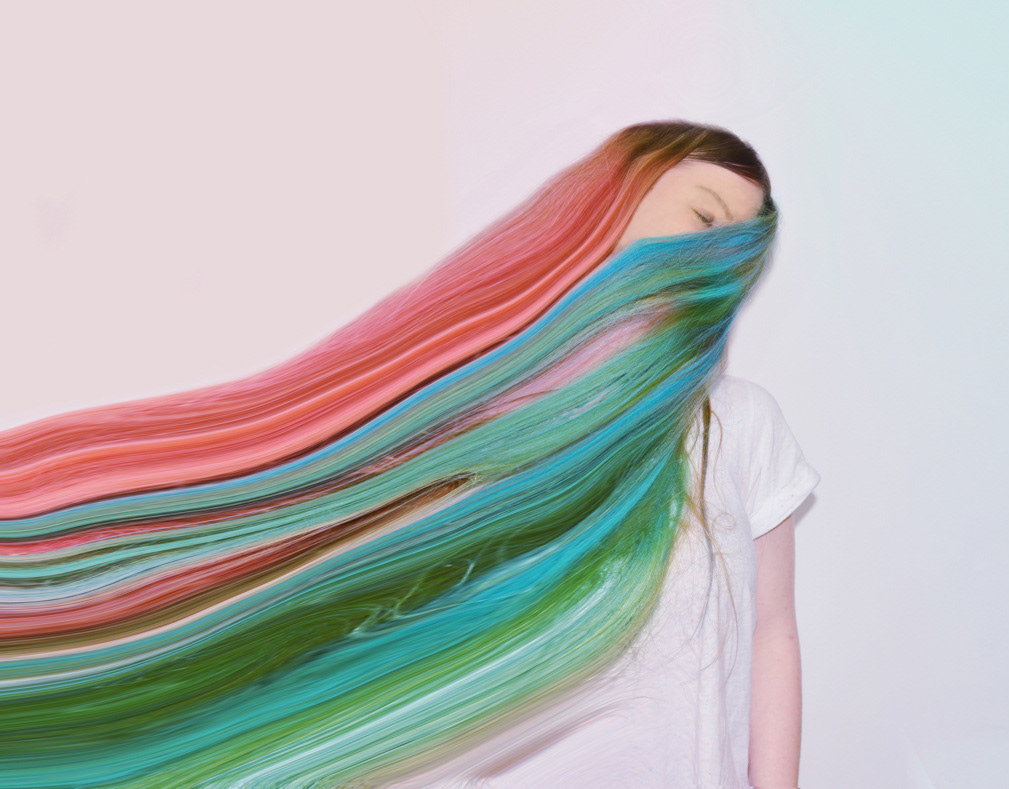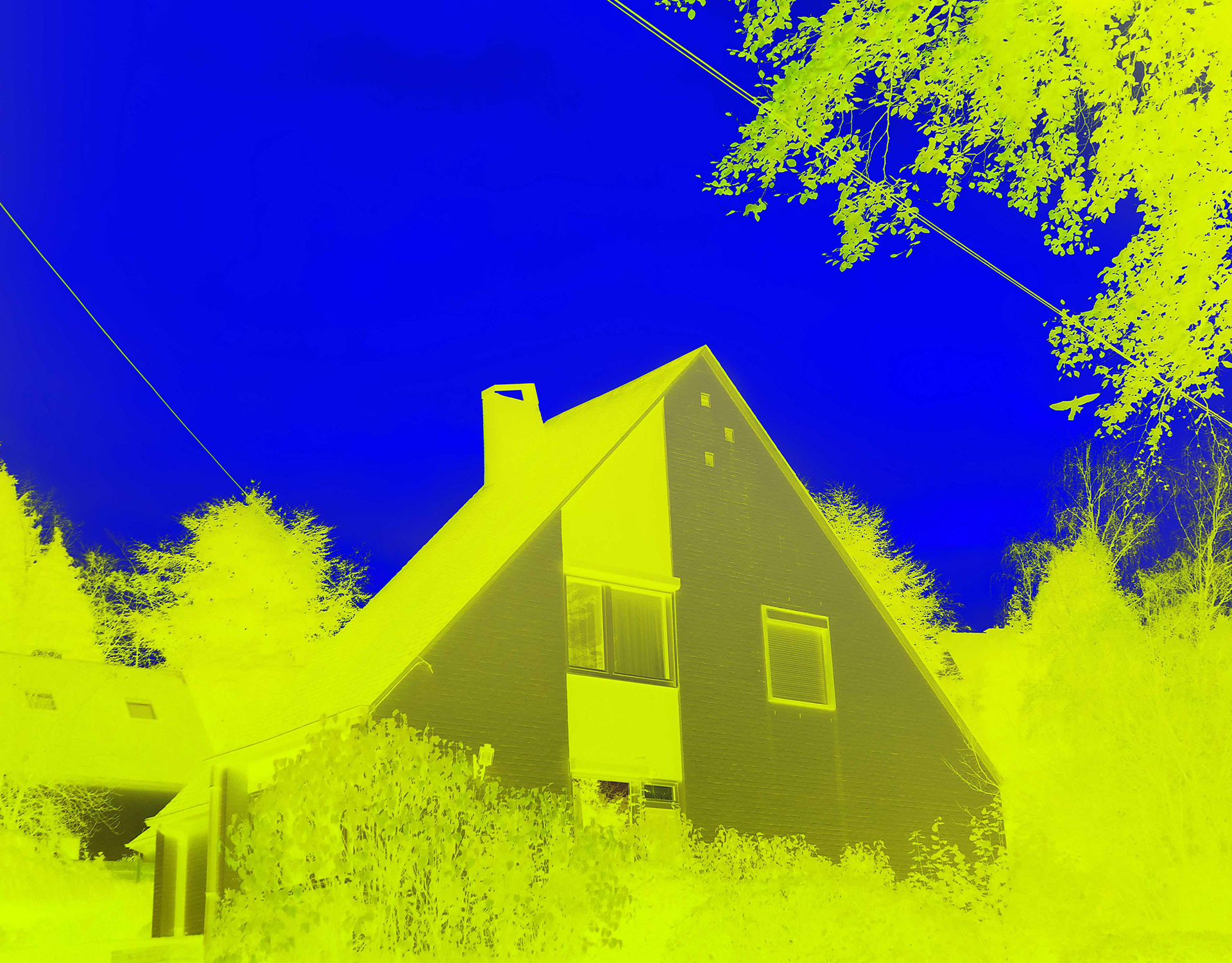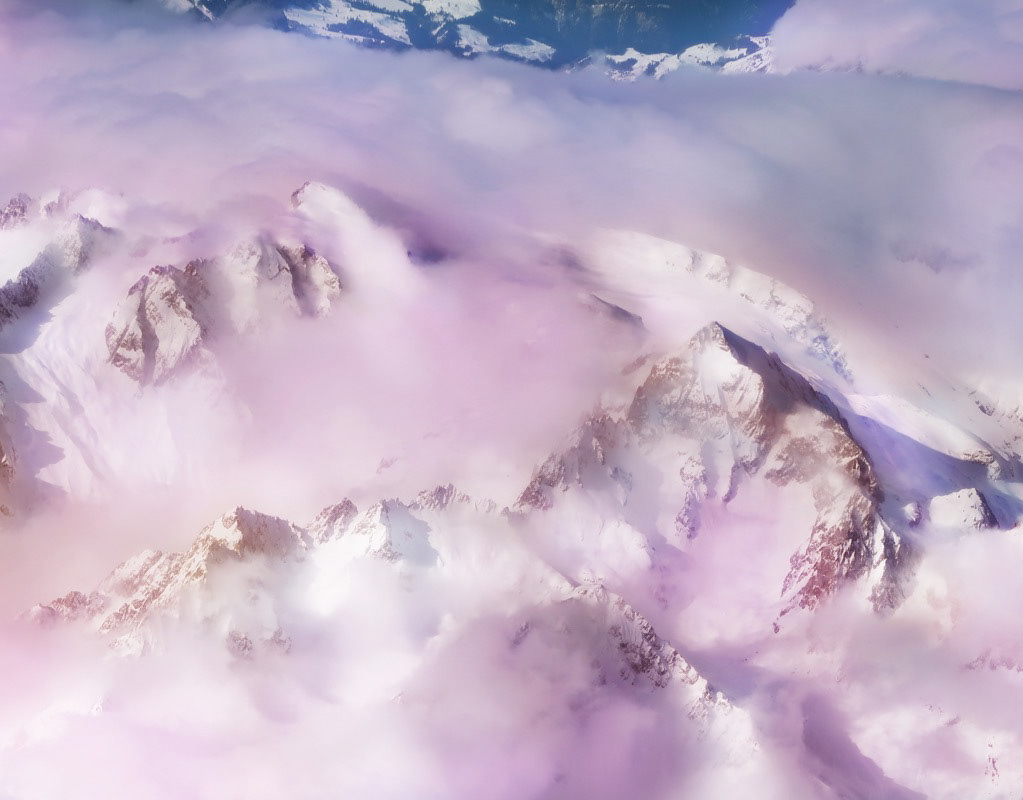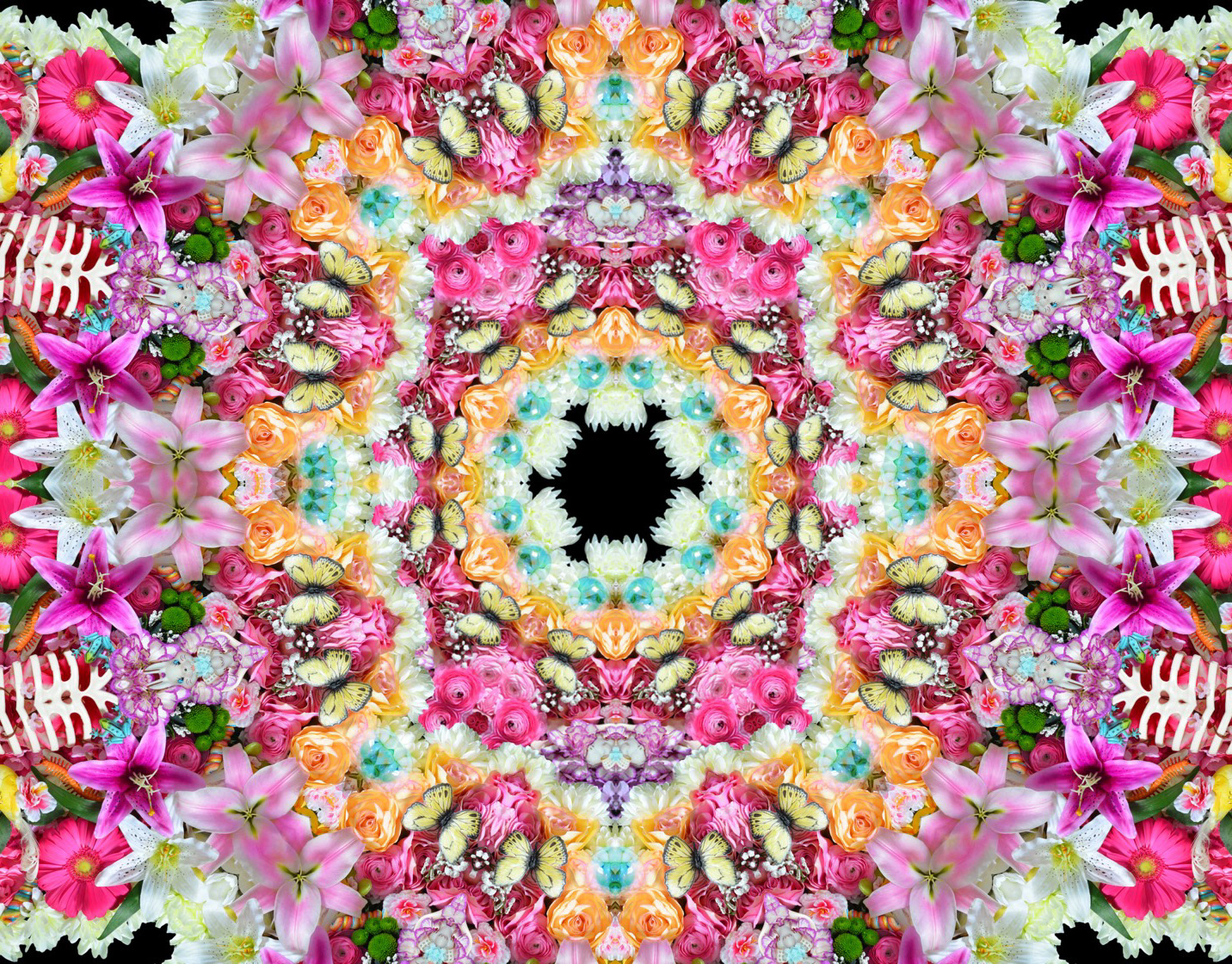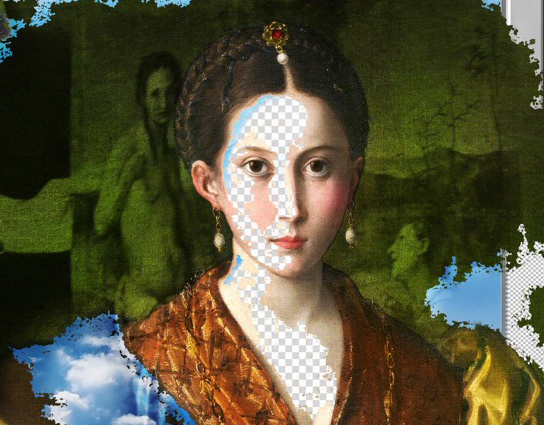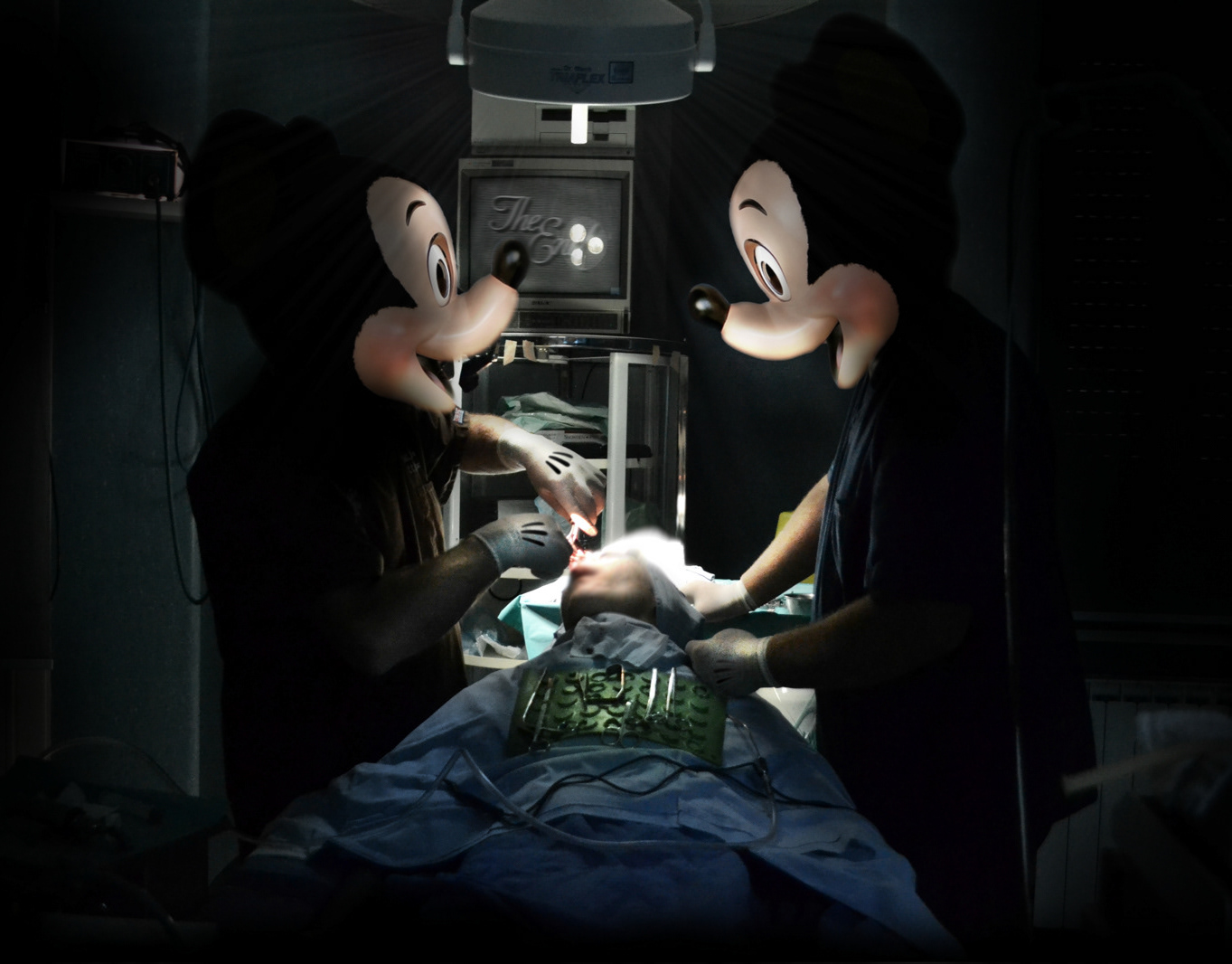URBAN FAIRY TALES
Urban Fairy Tales is a photographic series initiated by Cristina Burns in 2015, during Naples’ trash emergency. While walking through the city, she encountered a discarded door surrounded by garbage. The surreal sight sparked a question: What is a door doing in the street? And more importantly: What might emerge from it?
This moment became the conceptual doorway to the series.
The project explores the collision of wild nature and urban decay. In contaminated cityscapes marked by cement, graffiti, and human neglect, animals return like ghosts—mythical and endangered beings reclaiming the spaces once taken from them. These creatures do not ask for permission. They simply appear, haunting the ruins of progress.
The first piece, The Last Unicorn, envisions a creature stepping through that forgotten door. From there, each image unfolds as a contemporary fable—where concrete becomes a forest floor, and nature rises not to coexist, but to resist.
Bad Trip
A yellow school bus, the symbol of American normality and the sacredness of school children, escapes to the forest. A deer stands proudly on the school bus. The driver and the children are out of sight.
The deer, which displays the A of “anarchy”, symbolizing the repudiation of the power of human institutions, represents the constant regeneration of nature through its annual shedding and regrowth of its antlers. Standing on top of the sacred bus, it symbolizes the powers in nature that are not easily subdued.
Where did all of the children go? Did they seek refuge in nature? The message on the school bus is disquieting: Humans it’s too late… Can we synthesize our pessimism of the intellect with our optimism of the will?
The Last Unicorn
Where will our consumerist obsession with waste lead us? In this work, Cristina Burns envisions a unicorn emerging from a door discarded in the street—an entryway to another dimension, or perhaps a final call from nature itself.
The unicorn, a symbol of purity and lost magic, appears as a messenger reclaiming balance between humanity and the natural world. Burns titled the piece The Last Unicorn to suggest that her generation may be the last with the power to prevent a point of no return in the climate crisis.
Environmental destruction and consumer culture are not separate concerns—they are inseparably intertwined. This image stands as both a warning and a dream: a surreal moment where fantasy confronts reality, and nature asks us to listen before it’s too late.
“Anthropologic Stratifications”
“Anthropologic Stratifications” emerges from the observation of a multi-ethnic Naples, a city full of history, which has been at the center of centuries-long cultural exchanges among different peoples.
The artwork depicts a market – the place where different cultures and ethnicities meet – in which fleeting figures, superimposed to each other, attempt to permanently anchor themselves to the setting, in spite of the passing of time.
A zebra coming from the cradle of civilization is lit by Chinese lanterns, the Bronze runners from the Villa of the Papyri in Herculaneum trample on an old Roman roadway – they observe the spectator creating an almost mystical atmosphere through their presence.
The interaction among these elements dominates within Naples, a city that is in continuous evolution, maintaining its powerful identity, its soul, in which cultures, peoples, history, and innovation stratify themselves one upon the other, becoming part of a unique reality which has enchanted millions of individuals over the centuries.
Urban Camouflage
Elephants and Rhinos are freely roaming the metropolis, forced away from their natural habit by the action of man. They resort to urban camouflage as a means of survival, trying to become one with the decorated surroundings.
Graffiti are a return to the origins of humankind, a primordial way of communicating, which marked the walls of caves thousands of years ago. The elephants and the rhinos who have taken refuge in the city resort to graffiti hoping to communicate with the noble savage within us, as a last attempt to reach salvation.
Family
Riot
A polar bear from the Arctic and penguins from Antarctica find themselves in a Western metropolis, out of their usual environment. Have they strayed by accident or are they here to mark their unhappiness with what has become of their environment?
The polar bear angrily wanders through graffiti-filled walls of an empty garage looking for something. Is it searching for a human to petition? Or, is it on a hunting spree stemming from its innate hypercarnivorous nature?
"Swan Lake"
Is humanity at a Swan Song moment in responding to climate change and the damage done to the environment? Is it too late?
A swan swimming in the street that has become a lake, contoured by trash, looks at the supernatural for help.
The Long Journey
Penguins wandering through the metropolis take a rest on chairs left in the garbage. One of the two penguins sits on a piece of abandoned luggage. Is this aquatic flightless bird looking to humans for assistance in traveling back to its melting environment? Can humans or will humans change their behavior to restore ecological balance?
Humans, producing garbage and filth in ever growing amounts, are unable to keep it at home, and have invaded spaces that nature assigned to other species. The world has become truly one in its environmental degeneration.
12 Monkeys
In a jungle of spray cans and slogans, a monkey sits like a prophet of post-apocalyptic play. Equal parts street oracle and urban trickster, this creature reminds us that chaos is a language—and maybe nature is learning to speak it back.
In a jungle of spray cans and slogans, a monkey sits like a prophet of post-apocalyptic play. Equal parts street oracle and urban trickster, this creature reminds us that chaos is a language—and maybe nature is learning to speak it back.
Another Point of View
While I was walking the streets of Naples, I have seen something quite funny...an old sofa close to a bench..and I felt that something was missing 🦒
My series, Urban Fairy Tales, comes from the synthesis of dichotomous elements, such as urbanization and wild nature.
In the metropolitan scenario, characterized by cement and degradation, the imprint of man is strongly evident. Nature revolts and wild animals suddenly appear as ghosts reclaiming contaminated urban spaces, giving life to a surreal fairy tale.
